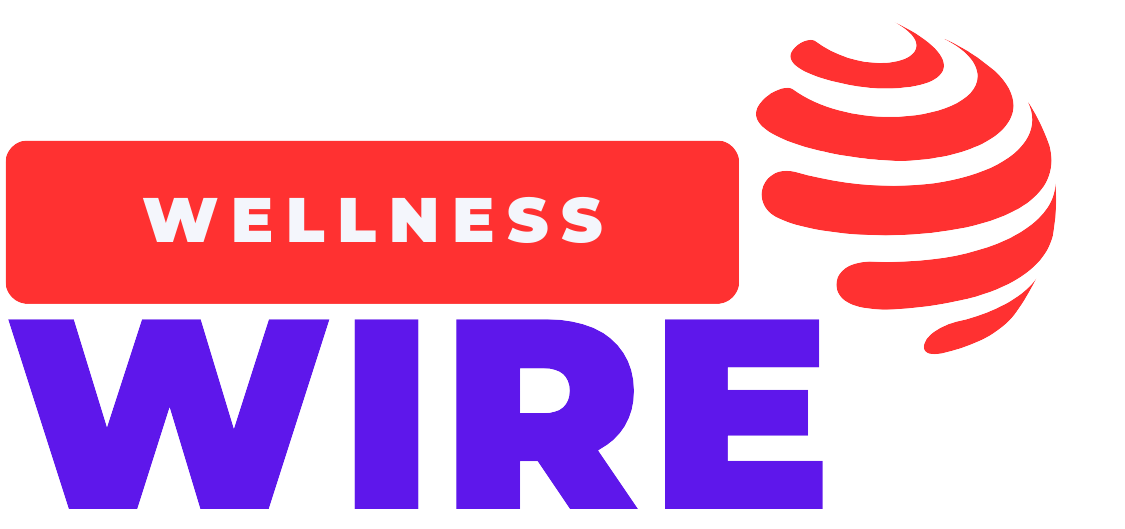Remote Revolution: How Work-From-Home Culture is Reshaping Wellness and Productivity
Explore how work-from-home culture is transforming employee wellness and productivity. Learn what research and experts say about the future of remote work.

How Work-From-Home Culture Is Changing Wellness & Productivity
In just a few short years, the work-from-home (WFH) model has gone from a temporary necessity to a long-term cultural shift. While remote work once carried the stigma of being less productive or too casual, it has now become the new normal for millions of professionals across the globe. But with this shift, new questions are emerging: How is working from home impacting our mental and physical health? And what does it mean for long-term productivity?
This article explores how the WFH culture is transforming employee wellness, work performance, and the very future of the workplace—with expert insights and research-backed analysis.
The Wellness Impact of Working From Home
1. Mental Health: A Double-Edged Sword
Remote work offers undeniable mental health benefits: less commuting stress, increased time for family, and greater autonomy. However, it's not without challenges. Loneliness, blurred boundaries between work and personal life, and “Zoom fatigue” are increasingly common.
A study by the American Psychiatric Association found that 46% of remote workers reported increased stress or anxiety levels, often due to overworking or lack of social connection.
2. Physical Health: Gains and Losses
While employees save time on commuting—freeing up hours for sleep or exercise—the sedentary nature of WFH can contribute to musculoskeletal problems, eye strain, and poor posture. Without a proper ergonomic setup, many remote workers face long-term health consequences.
The Mayo Clinic warns against “sitting disease,” urging workers to incorporate movement throughout the day. Some companies now offer stipends for ergonomic furniture or wellness apps to support employee health from home.
Productivity in a Remote World: Better or Worse?
1. Output Is Often Higher
Contrary to early fears, many studies have shown that remote workers are just as productive—if not more—than their in-office counterparts. A 2022 report by Stanford University found that productivity among remote employees increased by 13%, primarily due to fewer distractions and better time management.
2. Distractions Are Different, Not Fewer
While watercooler chats may be gone, new distractions have taken their place—children, deliveries, and the lure of household chores. Productivity now depends on an employee’s ability to set boundaries, create dedicated workspaces, and adopt asynchronous work tools.
3. Shift Toward Output-Based Performance
Remote work has catalyzed a shift from measuring hours to measuring outcomes. Companies are now focusing more on goals and deliverables than on the number of hours spent online. This can drive motivation and innovation, but also demands clearer communication and project management frameworks.
The Rise of Hybrid Wellness Strategies
Forward-thinking organizations are investing in hybrid wellness programs that support both remote and in-office employees. These include:
-
Virtual mental health platforms like BetterHelp and Headspace for Work
-
Online fitness classes integrated with platforms like Peloton
-
Quarterly wellness stipends for gym memberships, standing desks, or wellness tech
-
Regular digital detoxes and no-meeting days to reduce burnout
These strategies are essential to prevent remote workers from slipping into 24/7 availability, which research shows leads to higher burnout rates and lower job satisfaction.
Remote Work and Work-Life Balance
One of the greatest promises of remote work is flexibility—but it can be a double-edged sword. Without clear boundaries, many workers find themselves working longer hours and experiencing more frequent burnout.
A report by Microsoft’s Work Trend Index found that the average Teams user sent 42% more chats after hours than before the pandemic. Employers are beginning to understand the importance of "right to disconnect" policies and scheduling norms that protect downtime.
Rethinking the Office: What Comes Next?
As the line between work and home continues to blur, companies are redefining what the “office” means. The future lies in hybrid models that combine the best of both worlds: in-person collaboration when needed, and remote flexibility when possible.
Notable organizations like Twitter and Airbnb have embraced fully remote or location-flexible work policies, trusting employees to manage their own time and place of work.
Final Thoughts: The Remote Culture is Here to Stay
The work-from-home movement is no longer a temporary fix—it’s a long-term evolution that is reshaping how we think about wellness, productivity, and success. For both employers and employees, the challenge is not simply adapting, but thriving in this new environment.
Supporting wellness in remote teams isn’t optional—it’s essential. When employees feel empowered to balance work and life, maintain their health, and control their environments, productivity doesn’t just sustain—it soars.
What's Your Reaction?
 Like
0
Like
0
 Dislike
0
Dislike
0
 Love
0
Love
0
 Funny
0
Funny
0
 Angry
0
Angry
0
 Sad
0
Sad
0
 Wow
0
Wow
0



















































